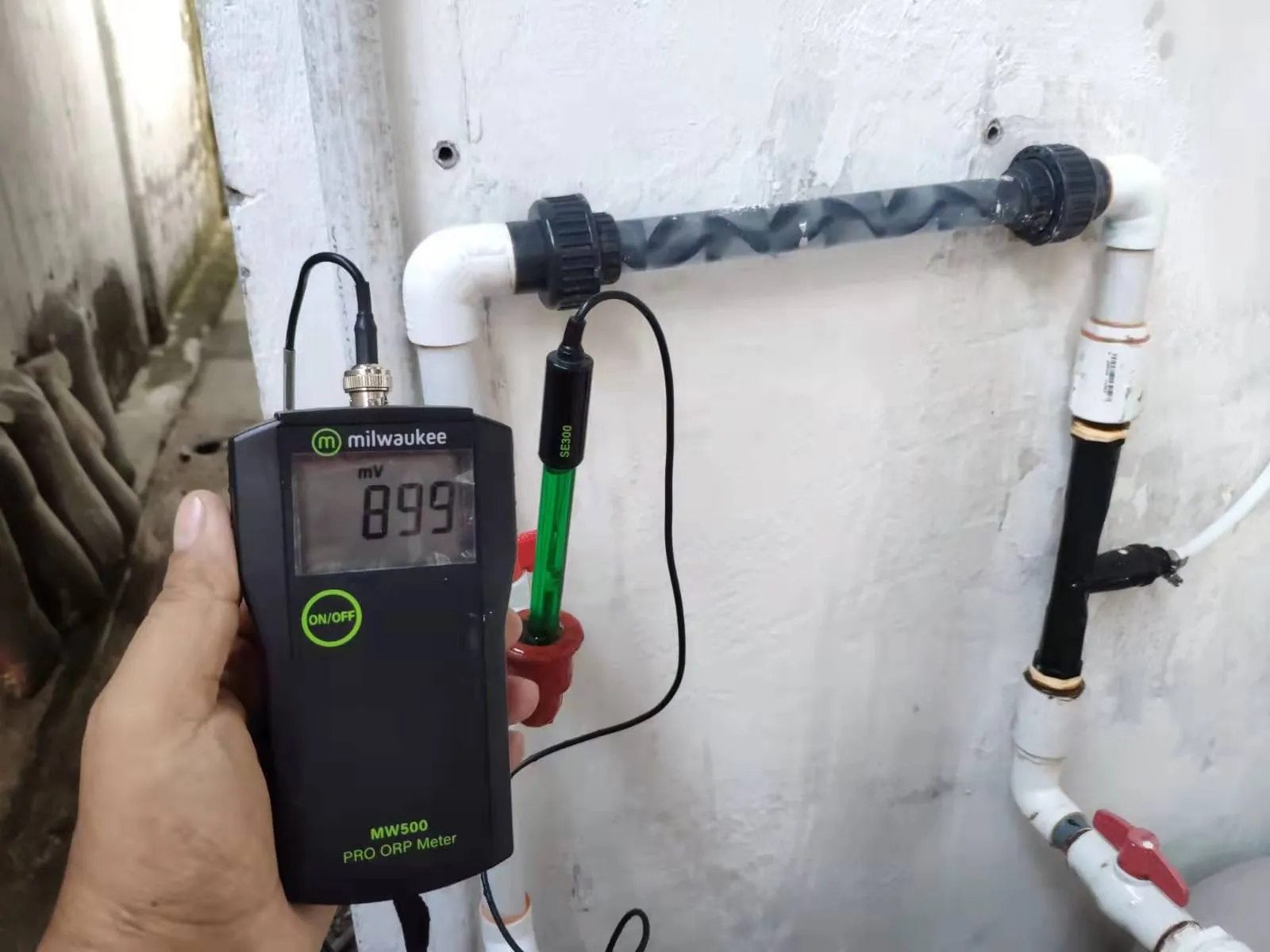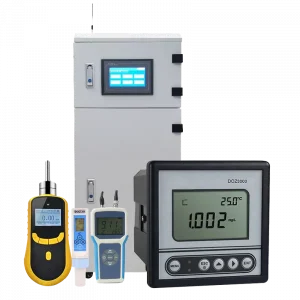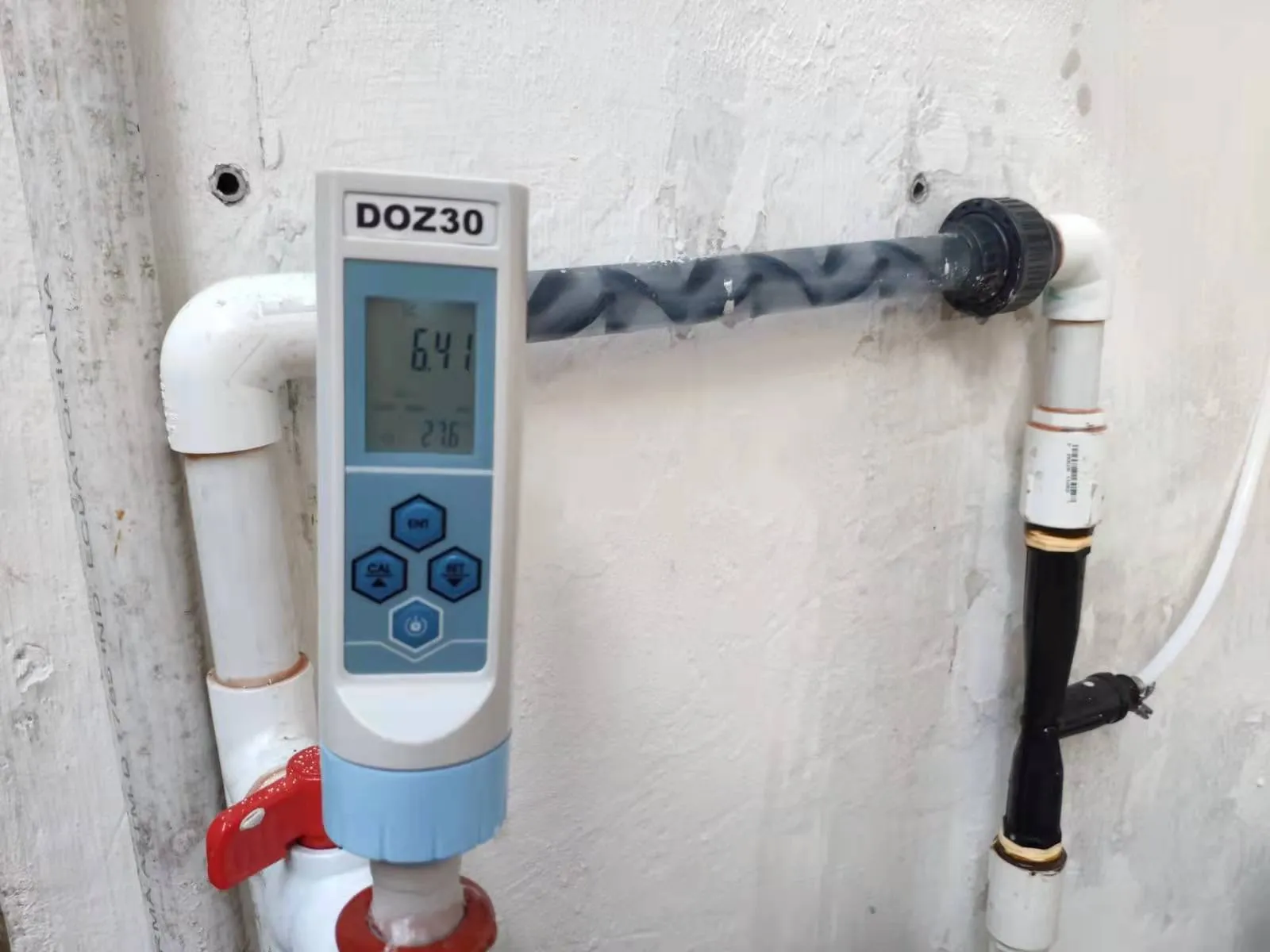Home > ozone for aquaculture water
Recirculating Aquaculture Systems (RAS) provide potential advantages over pond or cage-based forms of aquaculture. These include flexibility in site selection, reduced water usage, lower effluent volumes, better environmental control, and higher intensity of production. However, as stock densities and levels of water re-use increase, wastes accumulate rapidly and environmental control becomes more difficult. Sophisticated systems capable of removing both particulate and dissolved organic wastes become necessary.
Conventional means of solids removal, such as microscreen filters and sedimentation tanks address the removal of coarse settleable and filterable solids, but not the removal of fine colloidal solids. Similarly, bacterial nitrification in biofilters removes dissolved ammonia and nitrite, but not other dissolved wastes. As the organic loading increases with intensity of production, the bacteria that convert nitrite to nitrate operate less efficiently, resulting in increased nitrite levels. The accumulation of fine colloidal solids, dissolved organics and nitrite in RAS can impair biofilter function, and increase biochemical oxygen demand and stress levels in the cultured stock. The net effect of this residual organic waste is a less stable, less productive system.
Increasing the daily water exchange rate in an RAS will remove accumulated colloidal solids, refractory organics and nitrite, to the detriment of water budgets and the cost of heating or cooling the system. The alternative method of removal is to breakdown these organic wastes using an oxidizing agent, such as ozone. Ozone is also widely used to sterilise supply and effluent water for RAS to remove pathogens.






Fine and colloidal solids consist of particles 1-30 microns (m m) and 0.001-1 m m respectively. The small size of the particles enables the solids to remain in suspension and avoid most mechanical methods of separation. The accumulation of fine and colloidal solids can impair biofilter nitrification efficiencies and stress fish stocks.
Ozone removes fine and colloidal solids by causing clumping of the solids (microflocculation), which facilitates removal by foam-fractionation, filtration and sedimentation.
Dissolved organic compounds (DOC’s) or refractory organics, give the water a characteristic tea-coloured stain. DOC’s are non-biodegradable and accumulate according to feed input, water exchange rate and the rate of solids removal. High levels of DOC’s can stress fish and reduce nitrification efficiencies of the biofilter.
Ozone removes dissolved organics by:
Nitrite can accumulate as production intensifies and organic loadings on the biofilter increase. Bacteria that process ammonia into nitrite (Nitrosomonas spp) operates more efficiently under high organic loadings than bacteria that process nitrite to nitrate (Nitrobacter) and levels of nitrite rise accordingly.
High levels of nitrite can be toxic to fish. Data available for silver perch, Bidyanus bidyanus indicates levels of nitrite as low as 2.8 parts per million (ppm) can reduce growth of fingerlings by 5%.
Ozone removes nitrite by:
The high stocking densities, associated fish stress and increased nutrient loads found in RAS create an ideal environment for fish pathogens. An important step in reducing the risk of disease outbreaks in RAS is the use of standard quarantine procedures for any fish introduced. Facilities using surface waters, including RAS and flow-through hatchery systems, are also interested in reducing the pathogen load introduced via the source water. The disinfection of effluent waters before introduction to the environment is also crucial to prevent the translocation of exotic diseases.
Ozone can effectively inactivate a range of bacterial, viral, fungal and protozoan fish pathogens. The effectiveness of ozone treatment depends on ozone concentration, length of ozone exposure (contact time), pathogen loads and levels of organic matter. If high levels of organic matter are present, the demand created by oxidising the organic matter can make it difficult to maintain enough residual ozone for effective disinfection.



The direct measurement of ozone in a water sample is generally achieved using colorimetric test kits and spectrophotometry. However, these methods can be too coarse to detect the low residual levels lethal to some fish species and are unsuitable for continuous in-flow monitoring. A common way of providing some level of continuous in-flow monitoring for ozone is the use of oxidation-reduction potential (ORP) probes. Rather than measure ozone directly, an ORP probe measures the total capacity, in millivolts (mV), or various oxidants in a solution to oxidise an electrode. By keeping ORP measurements within a certain range, the levels of total oxidants can be controlled, which gives indirect control over ozone. A safe ORP level of freshwater fish culture is generally considered to be 300 mV.
Many systems automate ozonation by linking ORP measurement and the ozone generator, so that the generator switches off once the required ORP is reached and cuts back in when ORP drops again. Factors such as pH, temperature and species cultured will determine the exact targeted ORP level. However, due to the lack of direct measurement of ozone and because ORP probes can take several minutes to register a charge in ORP, any use of ORP to measure and control ozone application is approximate. For this reason it is recommended that ozone control using ORP measurements allows for some error and limits are set conservatively. Other water quality parameters, particularly nitrite, should also be monitored in close association to ORP and used to gauge the effect of ozonation.
Ozone is a very effective oxidising agent for use in water treatment and reduction of pathogen loads in RAS. However, use of any chemical of this nature is accompanied by considerable risks. RAS viability may be threatened in several ways.
It is recommended that a de-ozonation unit be installed directly after ozone application in a RAS to prevent toxic residual levels. This should be done regardless of the location of ozone application in the system. A simple do-ozonation unit consists of a contact chamber to increase the retention time of water, allowing ozone to degrade. Alternatively, an in-line activated carbon filter or biofilter can also function as a de-ozonation unit. Degassing of residual ozone also occurs in packed column aerators and trickle filters. Any residual ozone gas should be vented from the RAS building and destroyed before release.
Ozone is extremely toxic and any exposure to humans constitutes a serious health hazard. Decrease in lung function, aggravation of asthma, throat irritation and cough, chest pain, shortness of breath and the inflammation of lung tissue are typical symptoms of ozone exposure. In cases of prolonged or severe exposure, chronic respiratory illnesses such as emphysema, chronic bronchitis and premature aging of the lungs may occur.
Exposure standards for residual ozone of various Australian and International occupational health and safety administrations range between 0.05 and 0.1 ppm for an 8 hour work period and a maximum single dosage of 0.3 ppm for less than 10 minutes. Workcover Australia has a maximum exposure standard for residual ozone of 0.1 ppm for 8 hours.
It is therefore important to repeat the requirements of a leak-free ozone reactor made of suitable ozone resistant materials. Venting of sheds or areas of a RAS where ozone is used is also highly recommended. Humans can detect low levels of residual ozone as a sharp, pungent odour, but continued exposure can quickly dull the senses. For this reason perceived odour should not be used as an indicator of ozone presence.
Test-kits for the detection of air-borne ozone are QLOZONE available and are a useful tool in helping to ensure the safety of RAS operators.

